Foodie’s Bucket List: 24 Iconic Foods to Try Before You Die
Wandering around the globe, try out the signature tastes of cultures across ...
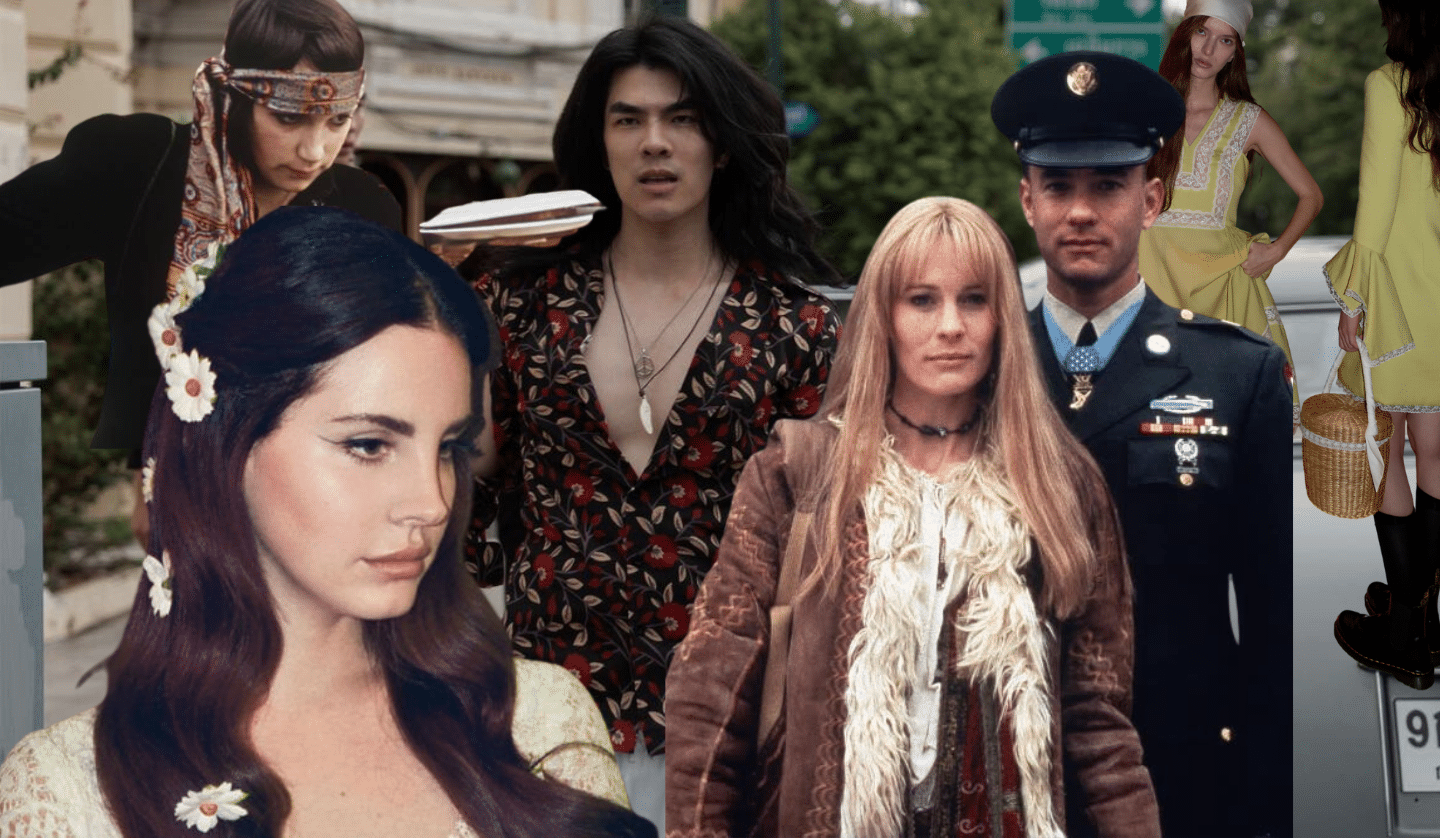
There is something mesmeric in the sense that the aesthetics and attitudes once associated with the hippie movement seem to be reappearing in mainstream culture again. What was once marginal, even condemned in many societies, is now being revisited with renewed curiosity and reinterpretation. In part, this resurgence is not a wholesale revival but rather a reframing. Elements of hippie dress codes, outlooks on freedom and self-expression, and motifs of nature and nostalgia are being included into contemporary art, film, music and fashion in more hybrid ways.
To understand how this trend lives now, it is helpful to recall the origins of hippie culture, then look at examples across film, music, fashion and television that reflect its renewed presence.
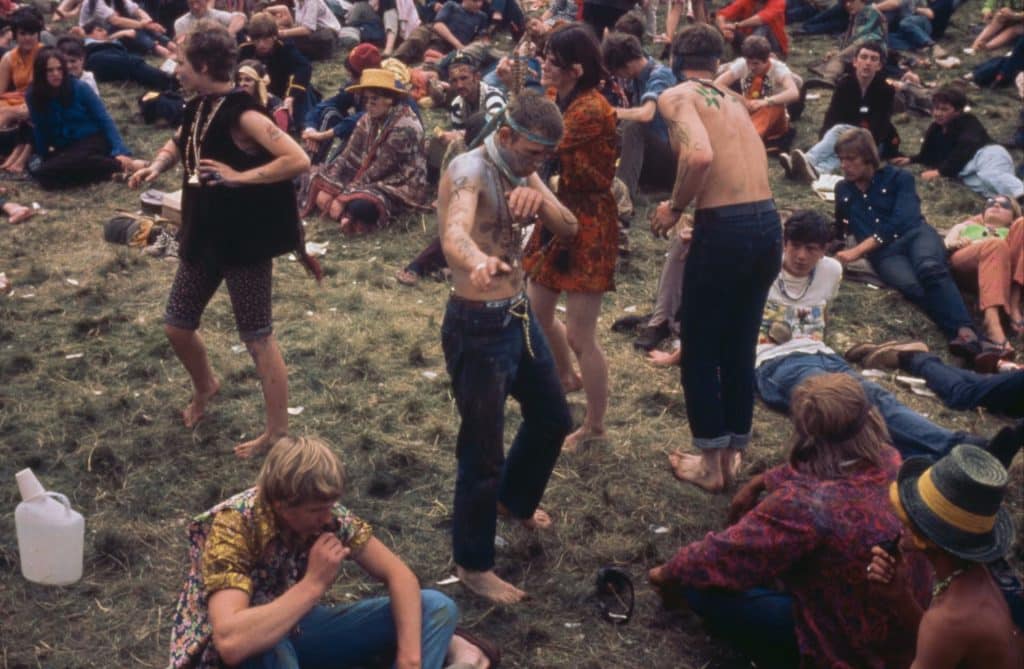
In the mid-1960s, the hippie movement emerged as a cultural force, especially in the United States, as a challenge to mainstream values, war, materialism and social conformity. Young people embraced communal living, experimentation with consciousness, free love, folk and psychedelic music, and a rejection of rigid social norms. Their visual vernacular included long hair, loose flowing garments, floral prints, embroidery, fringe, beads, natural fibres, and an embrace of earth tones. Over time, the hippie ideal collided with political repression, countercultures, the commercialisation of “psychedelia” in fashion and music, and the tensions of commodifying rebellion.
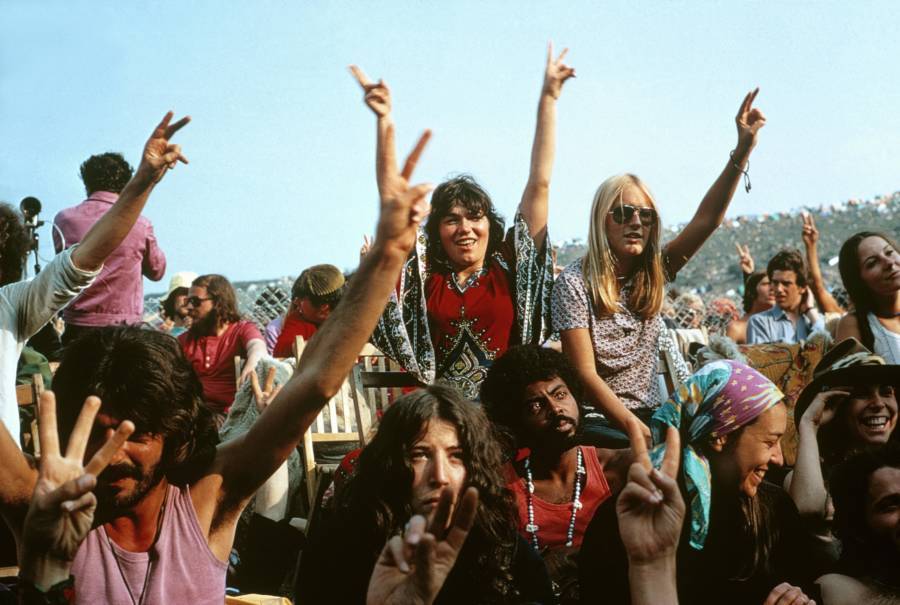
While the 1970s and 1980s saw hippie aesthetics decline or be absorbed into boho or “folk revival” trends, its spirit never vanished entirely. In the 1990s and 2000s, bohemian or “free folk” currents appeared in indie music and alternative fashion. Today, what returns is not a copy of the past but a stylised echo. Designers and creators take hints from hippie culture and recast them to express present concerns about identity, ecology, freedom and nostalgia.
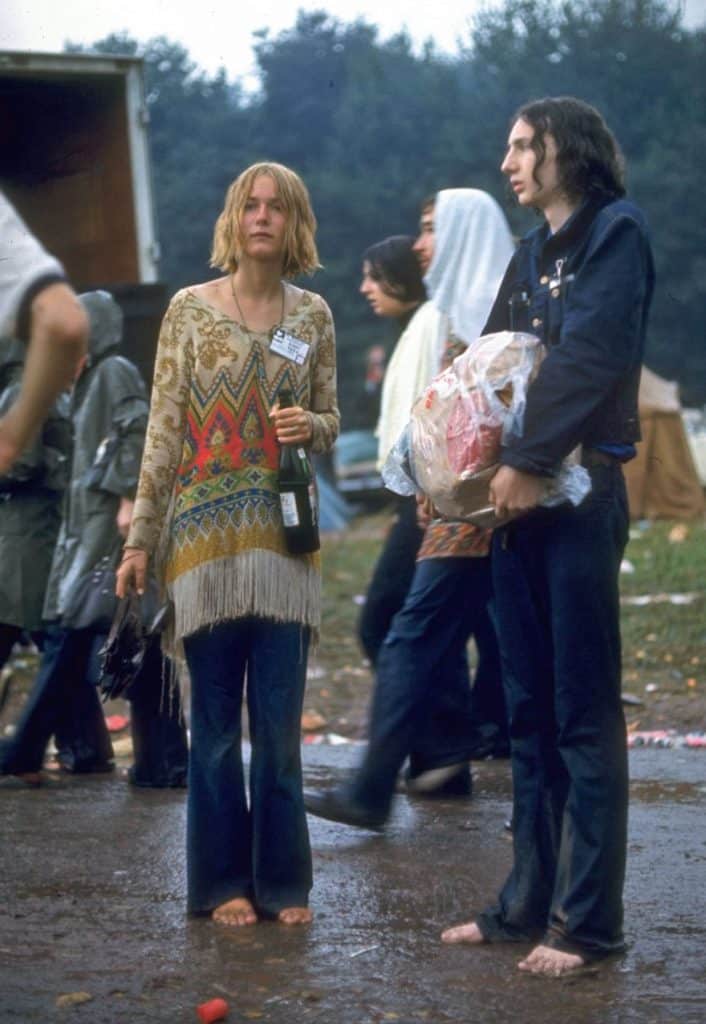
For movies, though Forrest Gump is not primarily a story about hippies, it functions as a cultural panorama of American life from the 1950s through the 1980s. Through the eyes of its protagonist, the film captures moments of protest, the Vietnam War, free speech movements and the countercultural upheaval. In scenes where Forrest wanders into antiwar demonstrations, we see the poster art, the long hair, the sense of idealism and conflict. That immersion reminds viewers that the hippie era was not an isolated aesthetic fad, but deeply enmeshed with political struggle and generational tension.

By revisiting Forrest Gump, audiences today can sense how countercultural symbolism was carried into public consciousness, becoming part of collective memory. The film remains a useful reference because it frames those years in a way that is accessible and allows the viewer to feel how “ordinary lives” intersected with turbulent social change and how ideals once dismissed can later be remembered as potent.
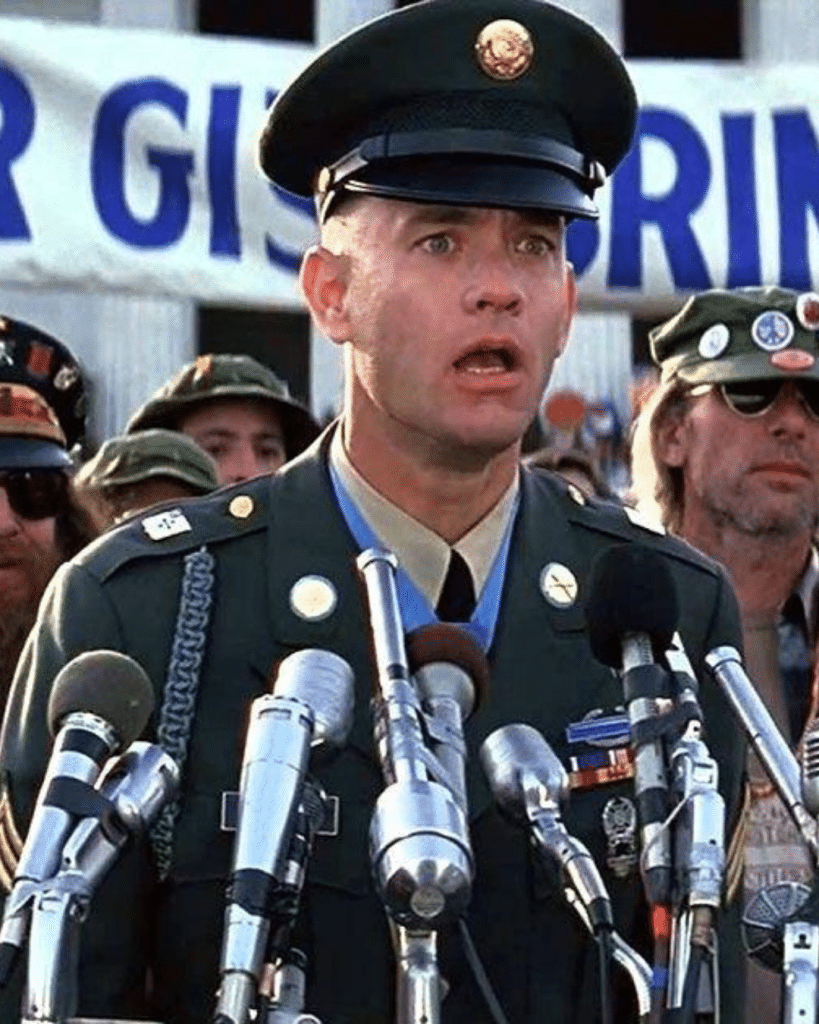
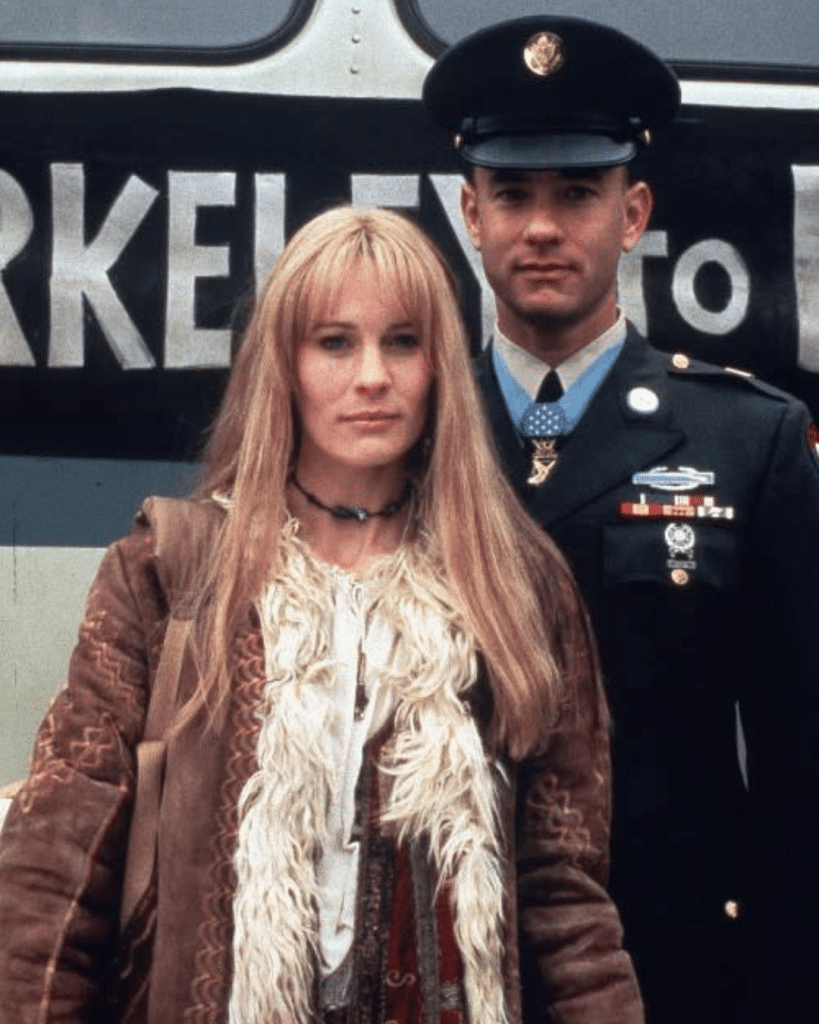
In contemporary pop, Lana Del Rey, in her music, videos and public persona, offers an example of how elements of hippie culture are being reimagined in contemporary pop. Though she is not a hippie in purist terms, she often evokes themes of romantic nostalgia, nature, drifting freedom, and a melancholic longing for another era. Her style too leans into lace, soft florals, muted palettes, vintage cuts, and hair and makeup that suggest both innocence and weariness. Some critics have observed a revival of “vintage romance” or “coquette” aesthetics with her influence.
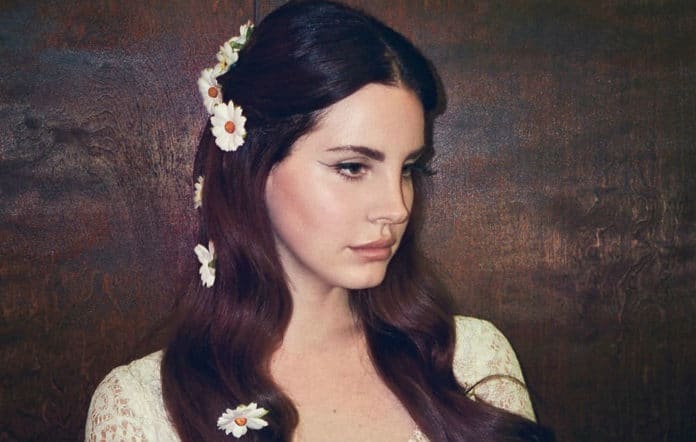
A clear-cut example comes from her 2017 track “Coachella – Woodstock in My Mind”, which directly references both the contemporary festival culture and the iconic 1969 Woodstock gathering. The song reflects on how youthful freedom and escapism at modern festivals exist alongside awareness of political unrest and global conflict, echoing the duality of the original hippie generation.
Blue Jeans (2012) also illustrates this blend, offering a sense of continuity with Americana, memory and the tension between freedom and constraint.
Her fashion choices also lean at times towards the spirit of “flower child” stylings: bell sleeves, floral details, soft textures, even referencing festival dress in certain appearances. In short, Del Rey’s work acts as a bridge: she channels fragments of hippie-adjacent aesthetics and sentiment and infuses them with her own brand of poetic ambivalence.
Closer to home, an example from Thai culture is the series which concluded just two days ago, Shine (Be On Cloud), which is set in Bangkok in 1969–1970 (B.E. 2512), amidst political tension, cultural change, and early stirrings of youth movements.
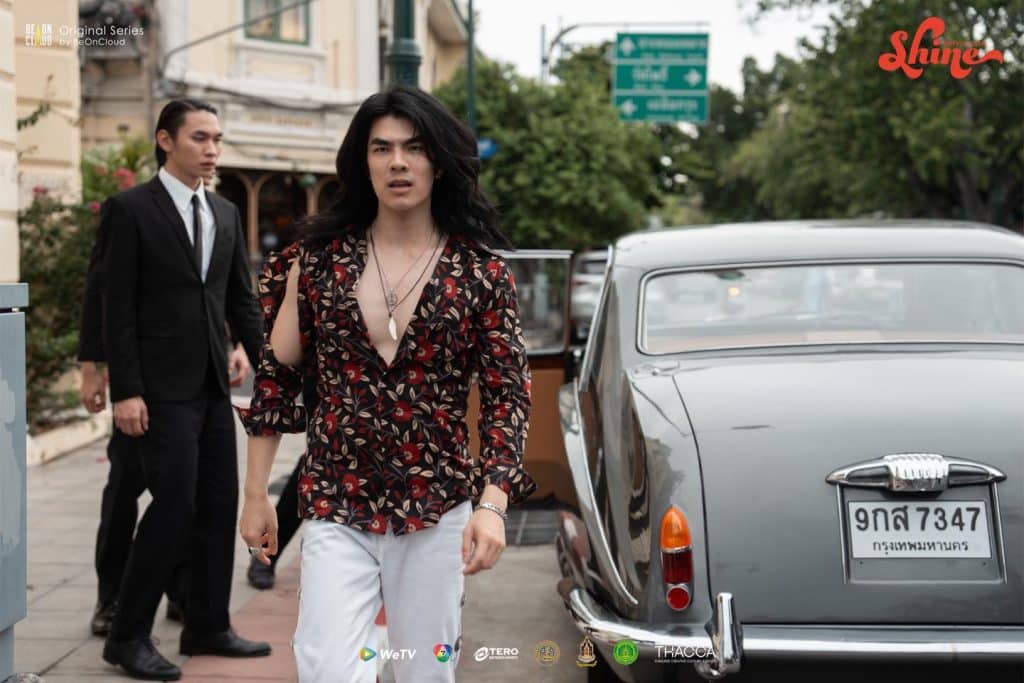
In its narrative, Shine brings in the presence of “flower children” or hippies as a form of social provocation. Characters who adopt long hair, loose clothing, and nonconformist attitudes find themselves at odds with more conservative forces. According to the show’s writers, the choice of setting that year was deliberate: 2512 is the year Earth first saw humans on the moon (Apollo 11), and in parallel Thailand held its first election after a long hiatus under the leadership of General Thanom Kittikachorn. The era represents both modern promise and latent conflict. (The series is quite political, exploring media suppression, class, gender and the tension between East and West.)
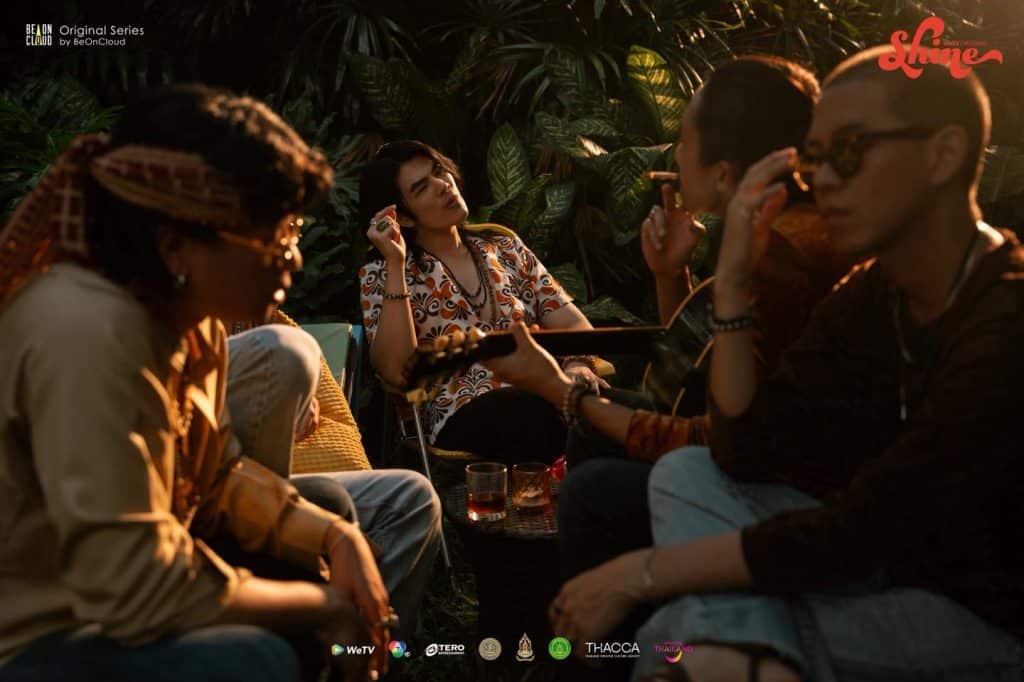
Within Shine, the figure of Thanwa is framed by others as a hippie and embodies resistance through personal style and nonconformity. The fact that the regime at the time reportedly resisted admitting hippies into the country or granting visas to them becomes part of the fiction, conveying how the visual and behavioural markers of hippie identity were unsettling in a socially controlled context.
Hence, in Shine, hippie aesthetic is symbolic device: it signals dissidence, openness to difference, and cultural tension. The series helps us see how an aesthetic movement can carry moral and political weight in societies that have limited space for dissent.
Fashion, too, has embraced hippie references. asv (Asava Group)’s Autumn-Winter 2025 collection, I love you, me neither. (Je t’aime moi non plus), draws on the 1970s and the spirit of Jane Birkin, reworking them into haute hippie luxury. The collection explicitly cites the language of liberation as its inspiration. It channels the sensibility of haute hippie by combining playfulness, freedom and luxury.
In the garments, you find A-line dresses and tops, flares, relaxed jumpsuits, crochet lace fabrics, soft cottons, and a palette ranging from earthy tones such as olive branch, copper brown and cream macadamia to brighter hues like sunset gold or misty Lilac. The design details, ruffles, gathered pleats, lace panels are modern yet referential, allowing movement and a subtle romanticism.
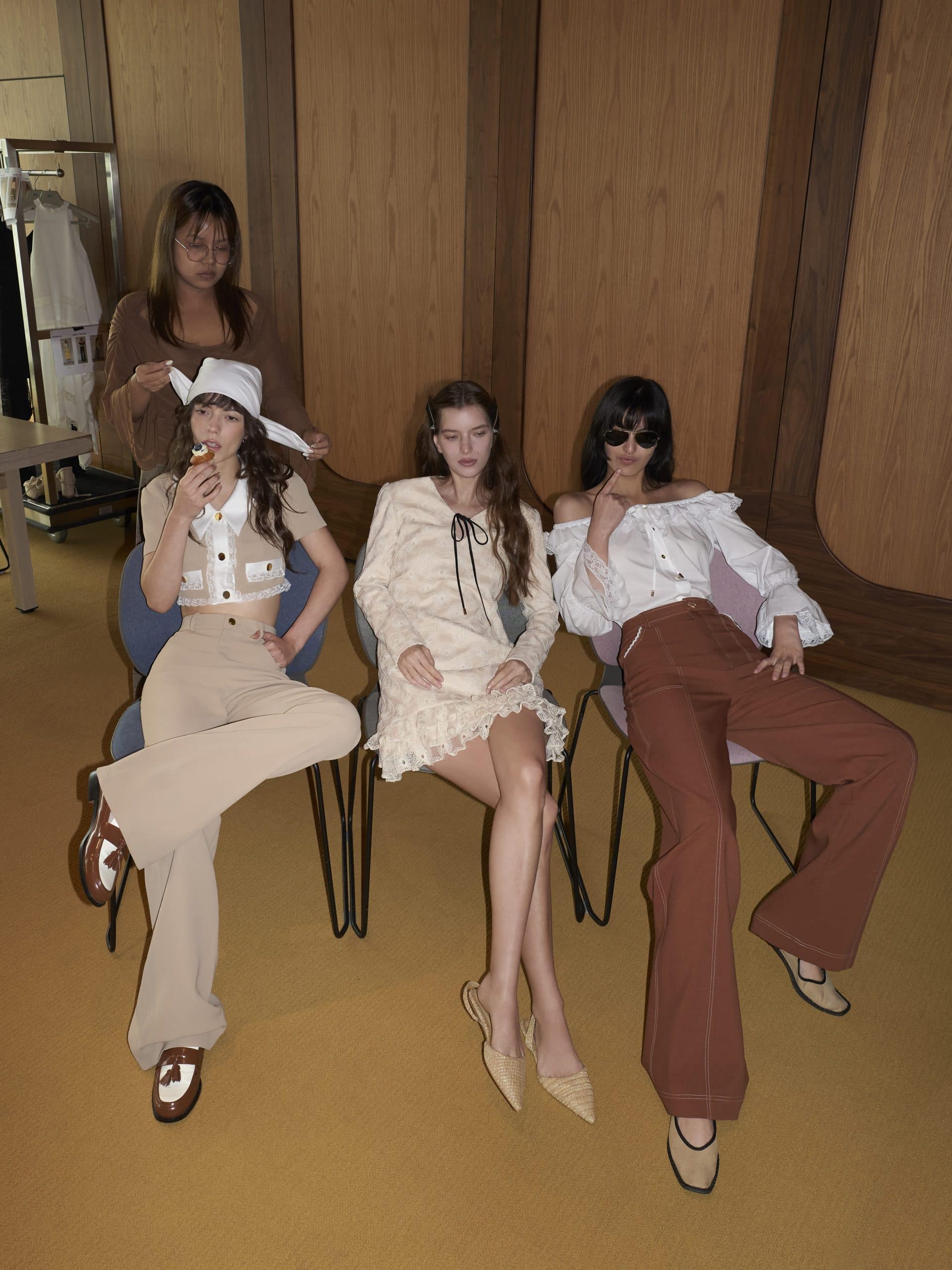
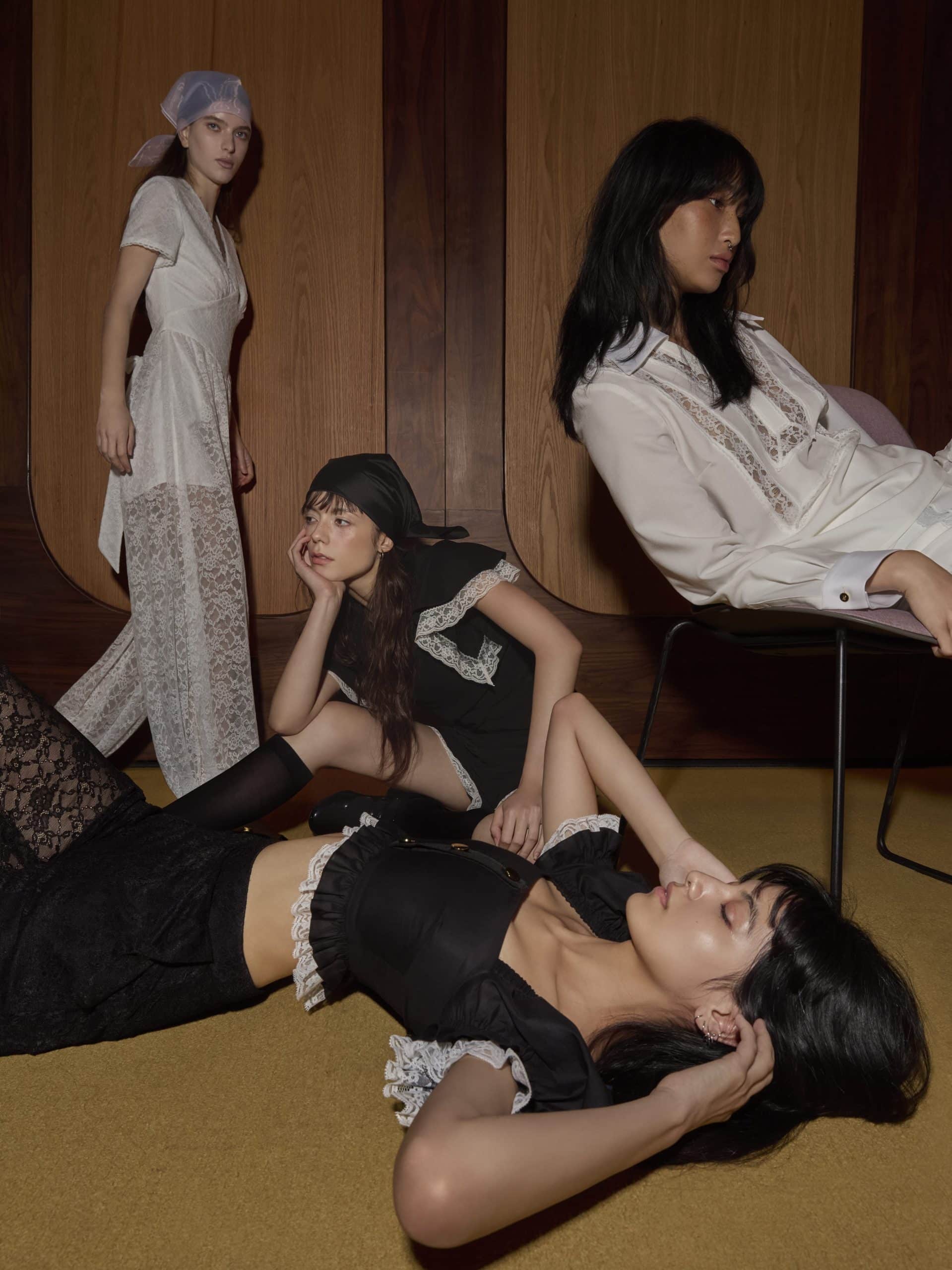
What is interesting is how asv does not simply copy 1970s hippie style in full, but filters it through a contemporary lens: tailoring is cleaner, fabrics more refined, proportions more wearable in an urban context. It exemplifies how mainstream fashion today can adopt the signifiers of hippie culture without the full idealism, choosing instead to translate them into wearable elegance.
Thus, asv’s AW25 collection offers a strong case study in how the hippie aesthetic is being reclaimed, not as a costume but as a reference point, a tone, a way of layering sentiment, texture and gesture.
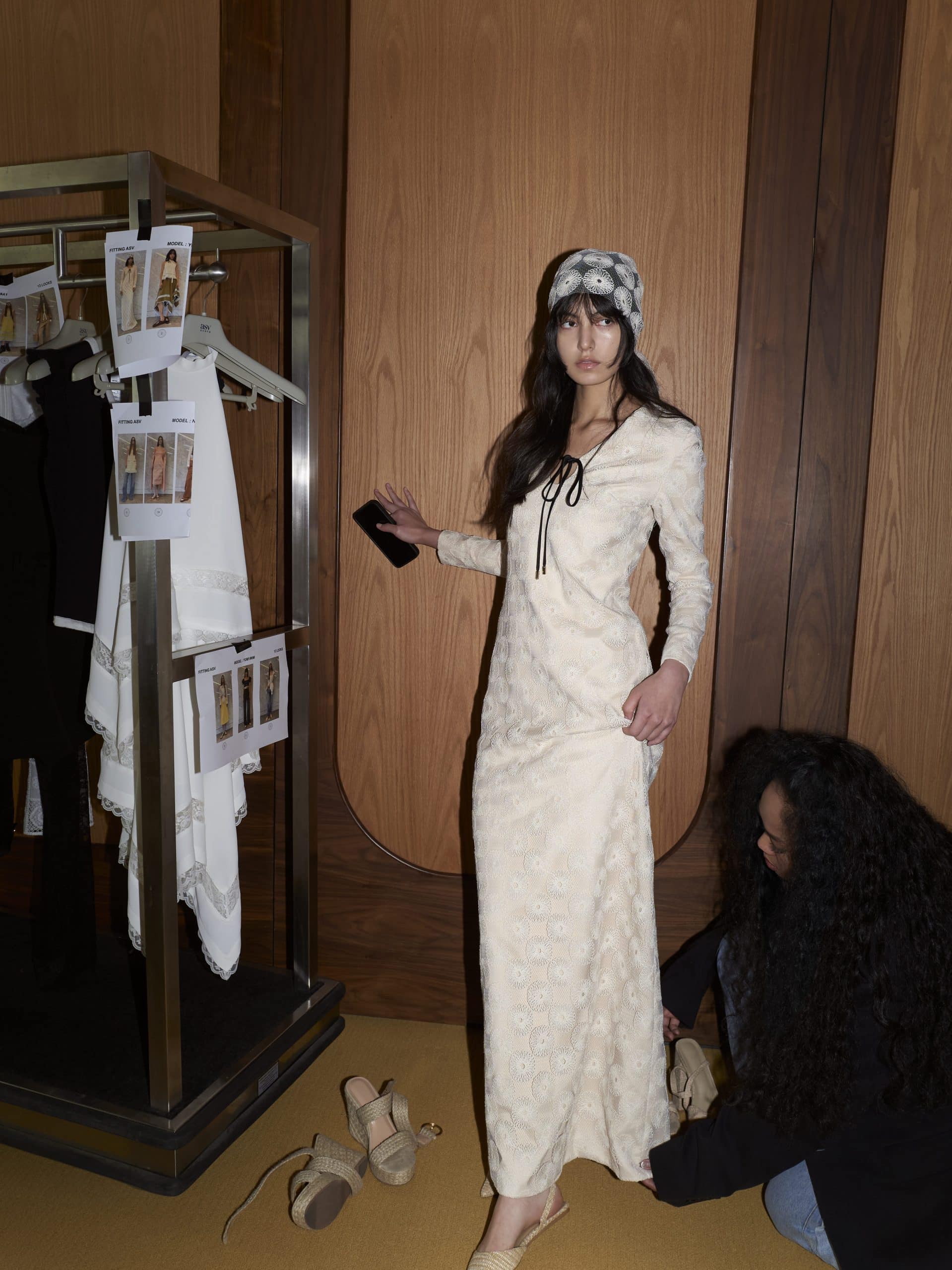
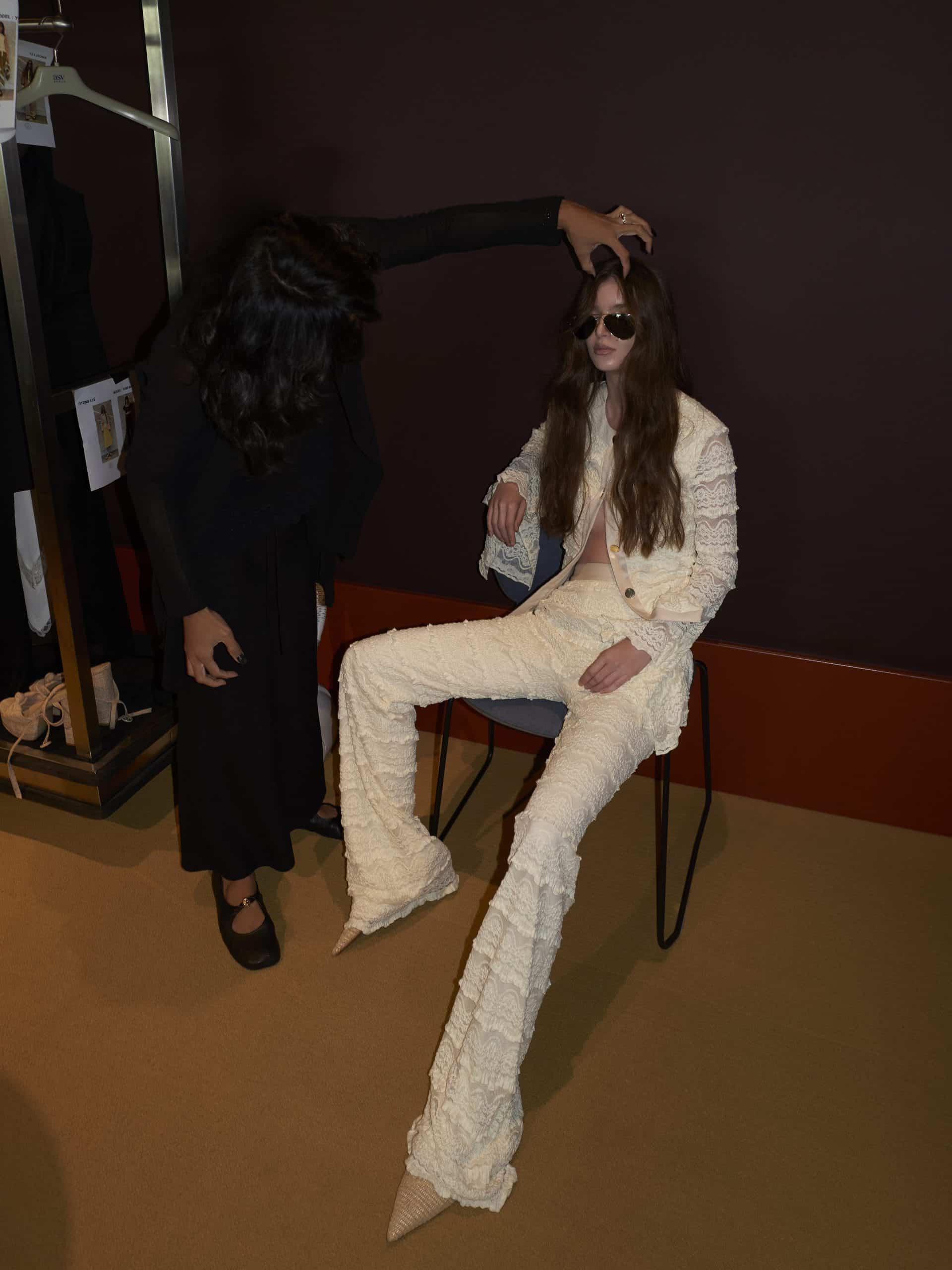
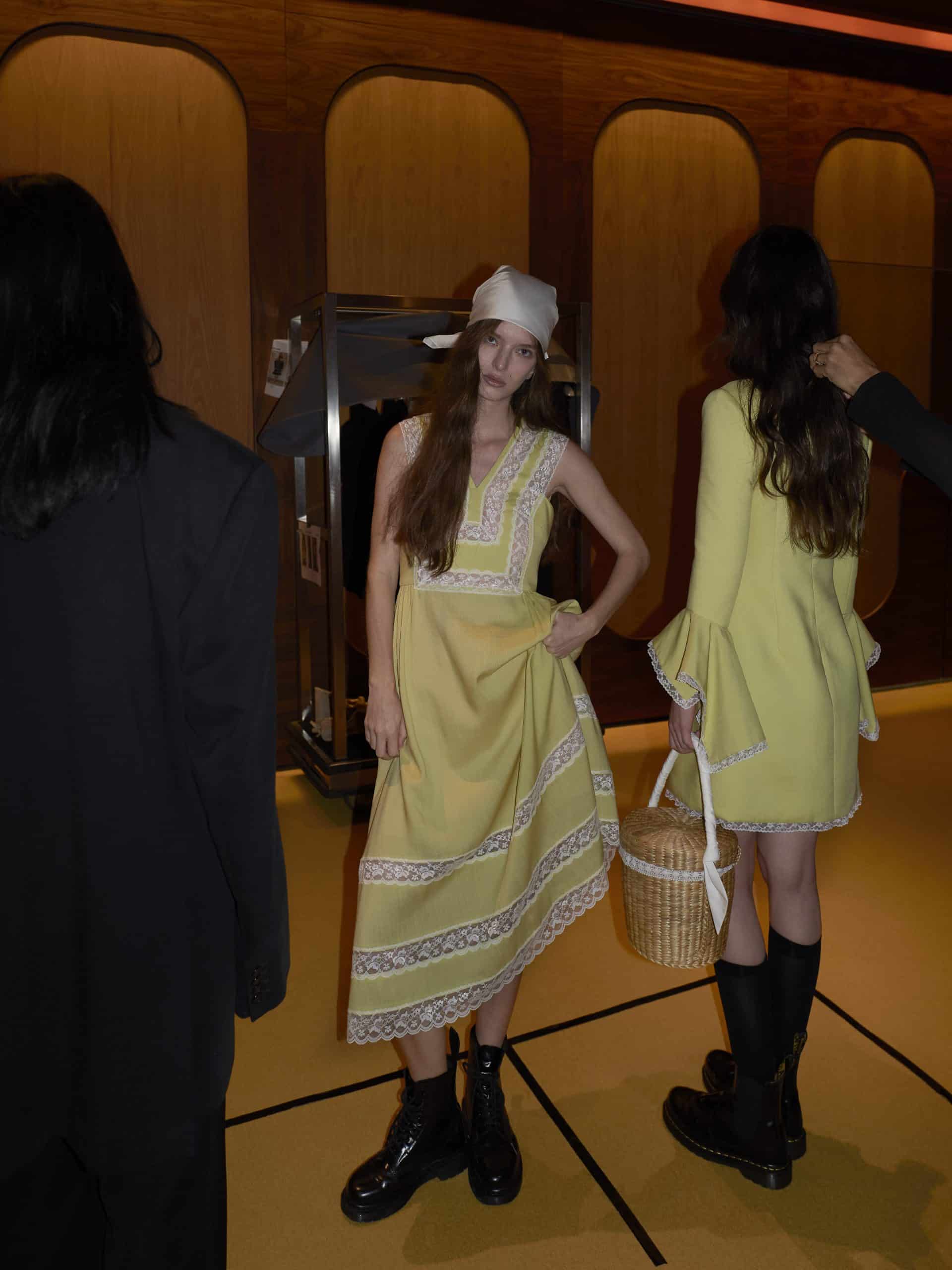
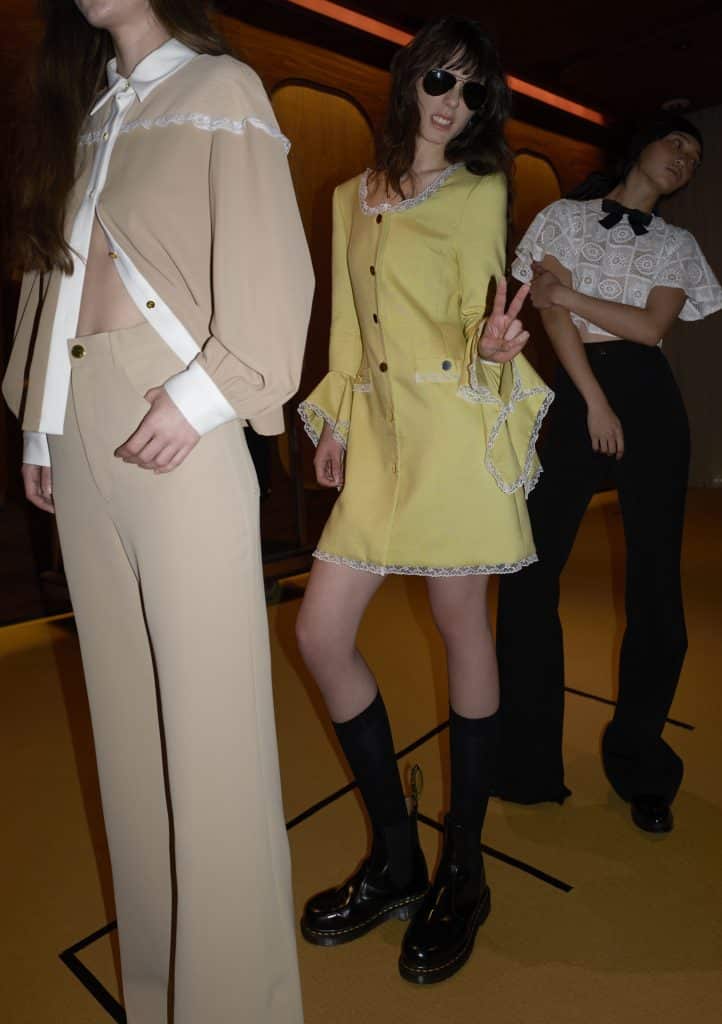
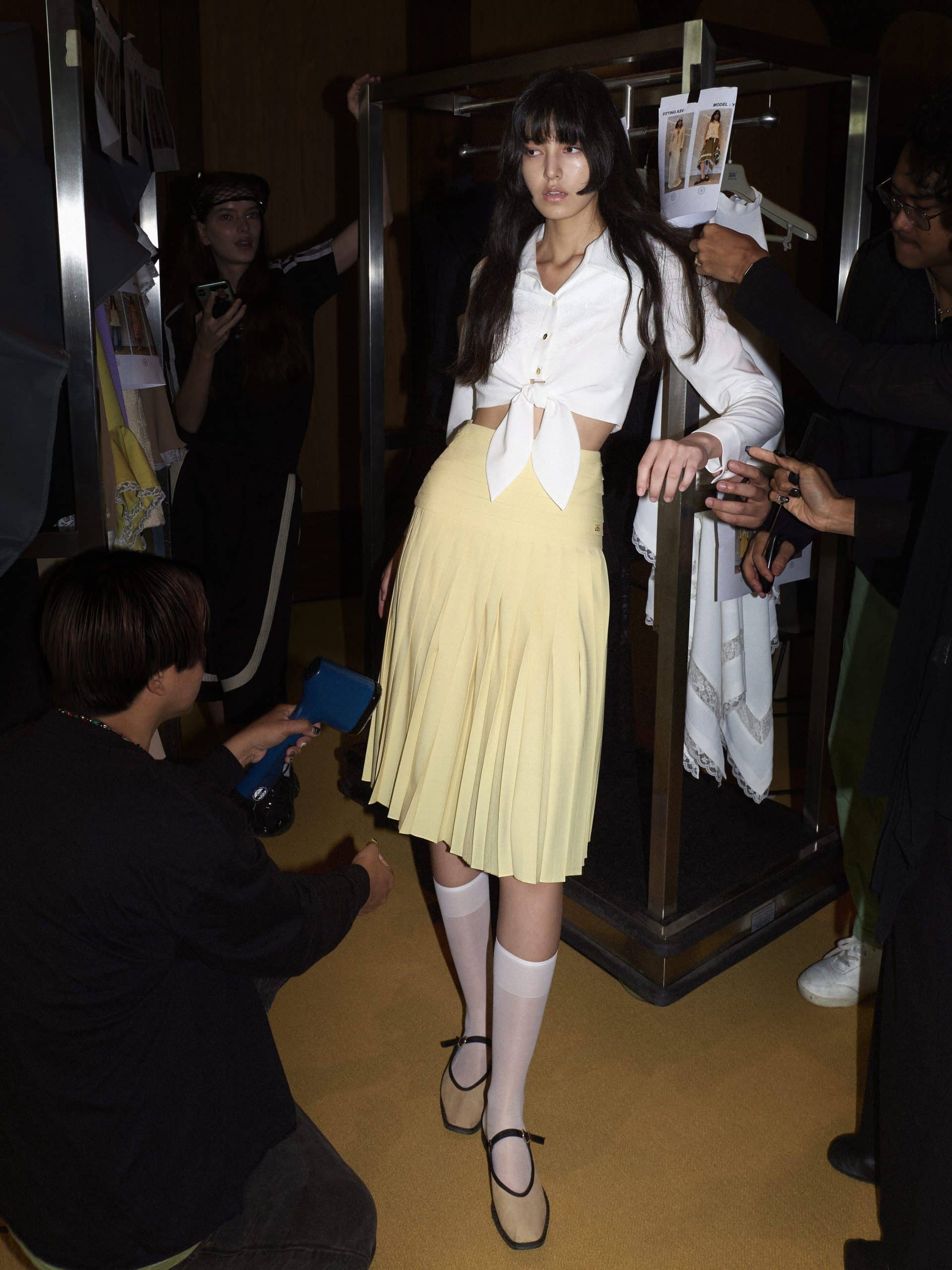
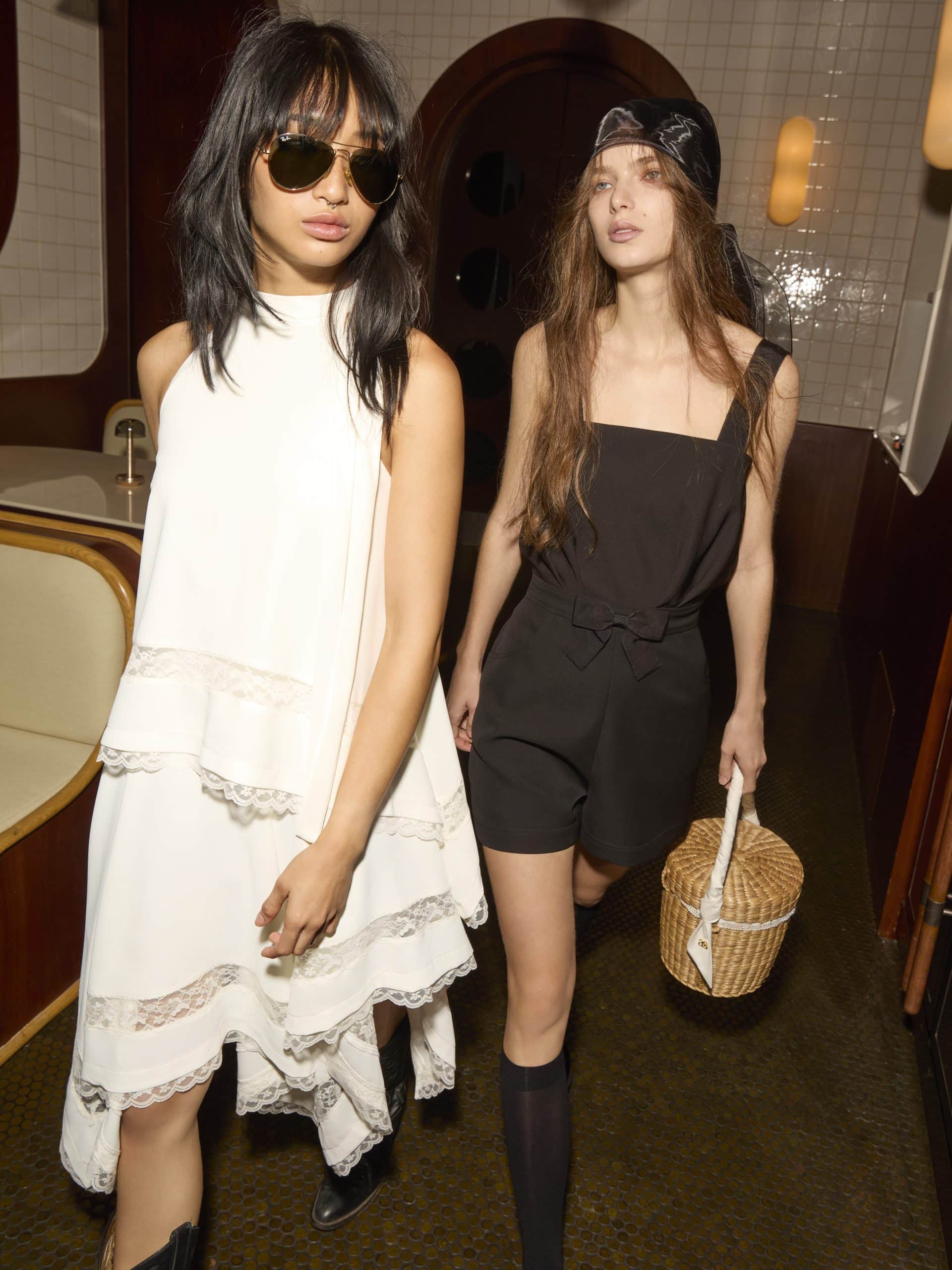
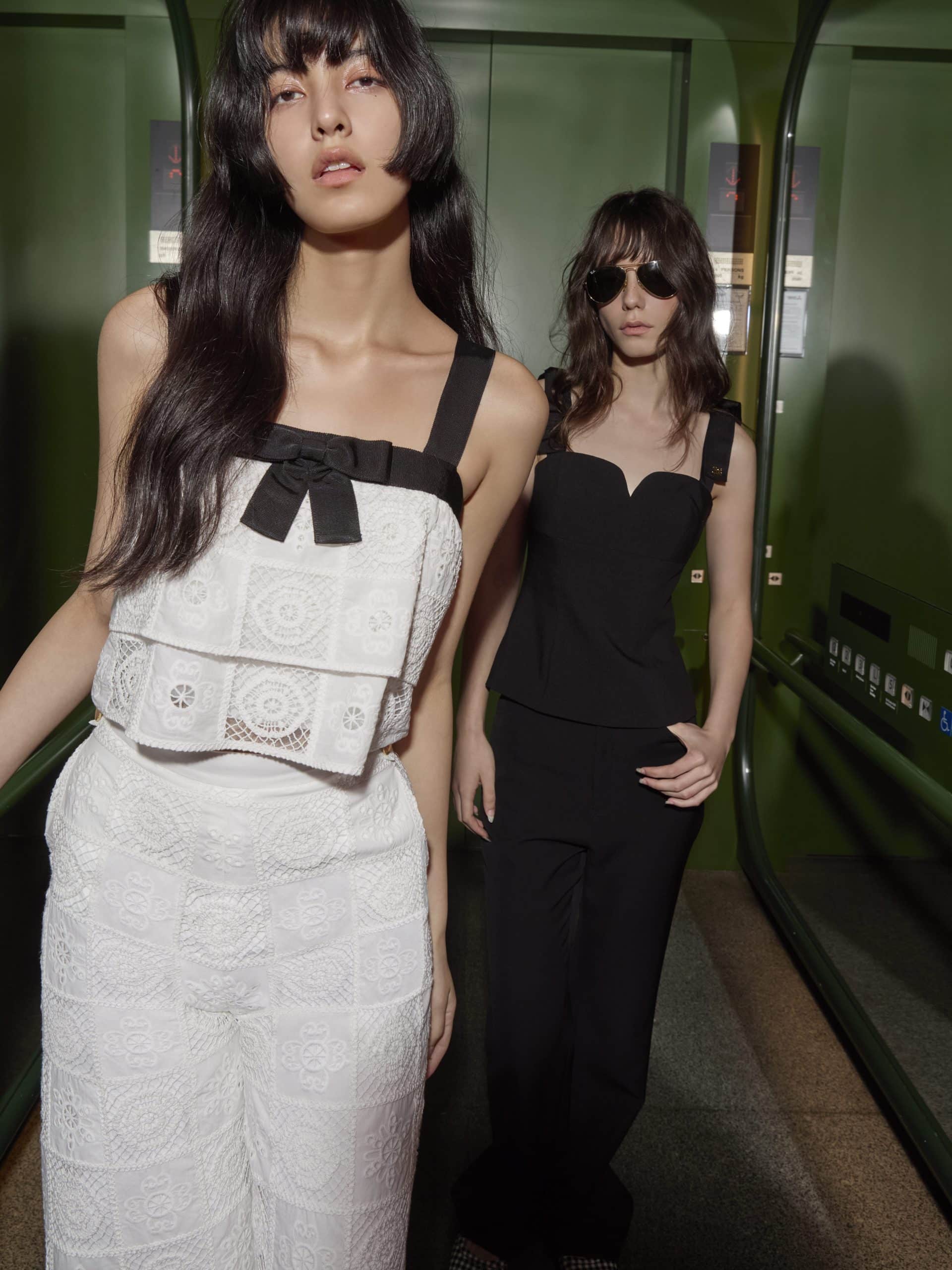
To understand why hippie aesthetics are resurfacing, one must see that today’s cultural moment shares parallels with the late 1960s and early 1970s: widespread anxiety, environmental crisis, identity struggles, disillusionment with power structures, and a hunger for authenticity. In such contexts, the hippie vocabulary–flowers, handmade textures, openness to difference, emphasis on nature, looseness–strikes a chord as an antidote to clean, hard minimalism or digital hypermodernity.
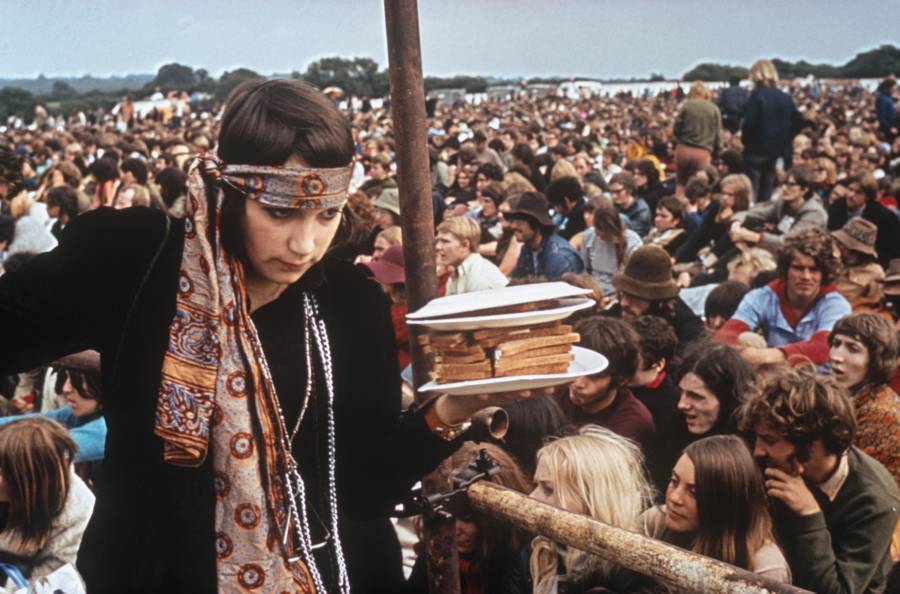
Moreover, the return is not simply nostalgic but critical: a reminder that aesthetics carry values. When a young creator in Bangkok references hippie style in a modern show, or a fashion brand in Bangkok reworks that lexicon, they are participating in a cultural dialogue. The imagery of long hair or crochet lace is no longer just about “swinging sixties” but about questioning boundaries, asserting fluid identities and re-centring nature in a world increasingly alienated by screens and uniformity.When we watch Forrest Gump anew, or listen to Lana Del Rey with fresh ears, or note the asv silhouettes, or engage with Shine’s political drama, we witness the hippie spirit not as something lost to history, but as a living current. It urges us to imagine freedom differently and to believe that beauty and rebellion can still belong to the same language.
Wandering around the globe, try out the signature tastes of cultures across ...
These top 5 barber shops in Bangkok are where gentlemen can elevate ...
Sailorr and Molly Santana’s black grills fuse hip-hop swagger with homage to ...
The Koktail Thailand Charity Dinner at Gaysorn Urban Resort marked an unforgettable ...
The Koktail Thailand Restaurant Guide Awards 2026 took place on 12 November ...
Meet Martin Constable, the Vietnam-based artist whose works are collected by icons ...
Wee use cookies to deliver your best experience on our website. By using our website, you consent to our cookies in accordance with our cookies policy and privacy policy